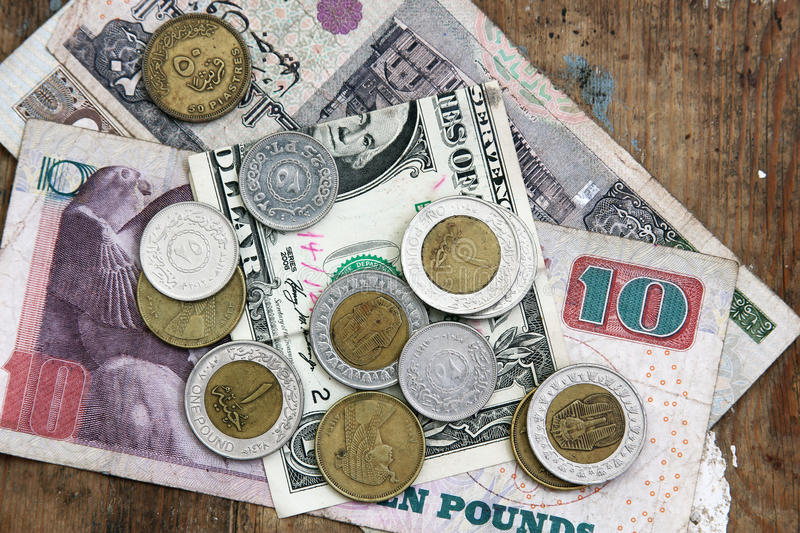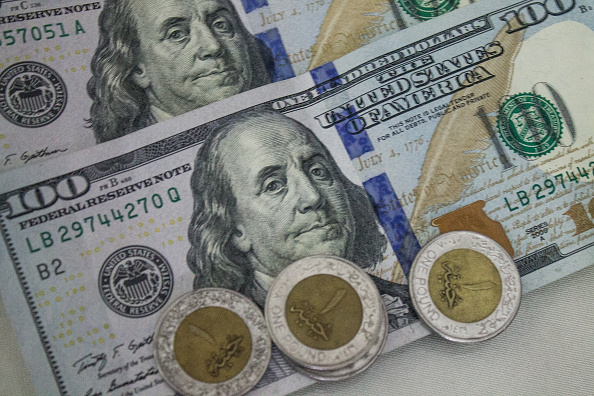
The US dollar scored multi-year highs against the euro and yen in Asia on Tuesday amid starkly diverging outlooks for interest rates globally, while currencies from emerging markets came under mounting pressure from risk aversion.
The skittish mood spread to Asian stocks as MSCI's broadest index of Asia-Pacific shares outside Japan .MIAPJ0000PUS slipped 0.6 percent.
Driving the dollar was speculation the Federal Reserve would start lifting interest rates from mid-year, while central banks in the European Union and Japan were busy easing policy by buying billions in government bonds.
The European Central Bank began its trillion-euro bond buying campaign on Monday, nudging down yields in Germany and other core EU sovereigns.
Selling in the euro gathered pace through the Asian session as a break of $1.0822 EUR=triggered stop-loss offers and took it as deep as $1.0785, the lowest since September 2003. Bears are now eyeing a major layer of chart support at $1.0762.
The dollar also broke higher on the yen to reach 122.02 JPY=, territory not visited since July 2007.
The prospect of rising U.S. yields threatened to attract funds from emerging markets, causing strains from Brazil to Turkey. The Brazilian BRL= real led the rout, having fallen for the sixth straight session on Monday.
The pressure spread through Asia with the South Korean won KRW= hitting its lowest since late August 2013 and the Singapore dollar SGD= its lowest since 2010.
The New Zealand dollar took a spill after police announced threats had been made to poison baby formula from the country's milk producers. Dairy is New Zealand's biggest export earner and any hint of trouble for the industry hurts the currency.
The kiwi slipped to $0.7293 NZD=D4, having touched a five-week low at one point.
The volatility in currencies overshadowed data from China that showed consumer prices topped expectations with an annual rise of 1.4 percent in February, although much of the pick up was caused by seasonal volatility in food prices. ECONCN
Producer prices continued to slide, underscoring deepening weakness in the economy and intensifying pressure on policymakers to find new ways to support growth.
Shanghai shares .SSEC eased 0.1 percent, though that merely unwound a little of the gain made on Monday.
Japan's Nikkei .N225 initially firmed on the lower yen, only to fall 0.8 percent in late afternoon trade as the investor mood darkened.
European sharemarkets were expected to open softer, while the S&P 500 EMINI ESc1 contract was off 0.2 percent.
Most commodities continued to struggle with the strength of the U.S. dollar. Gold XAU= fell to a three-month low around $1,159.20 an ounce, while copper futures CMCU3 shed 0.9 percent.
Oil managed minor gains, with Brent crude LCOc1 up 6 cents to $58.59 a barrel, while U.S crude CLc1 added 15 cents to $50.15.



